Following the quest of maximizing the screen space, the latest generation of smartphones feature quite a few interesting design choices. The introduction of various hideable front camera modules (like popup in OnePlus 7 Pro or shark fin in OPPO Reno lineup) is the first step towards the revolution.
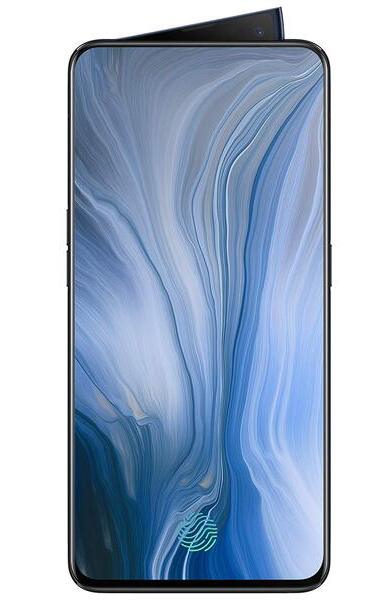
Besides the front camera, phone makers have to come up with new tactics to place other components like the proximity sensor without sacrificing the display area. Installing them beneath the display seems to be a feasible solution though, and so OEMs adopted this path.
However, the feedback of the initial implementations are mostly negative. For example, Samsung Galaxy S10’s under-display proximity sensor is reportedly glitchy in a number of occasions, such as unable to activate pocket mode or unreliable accidental touch protection.
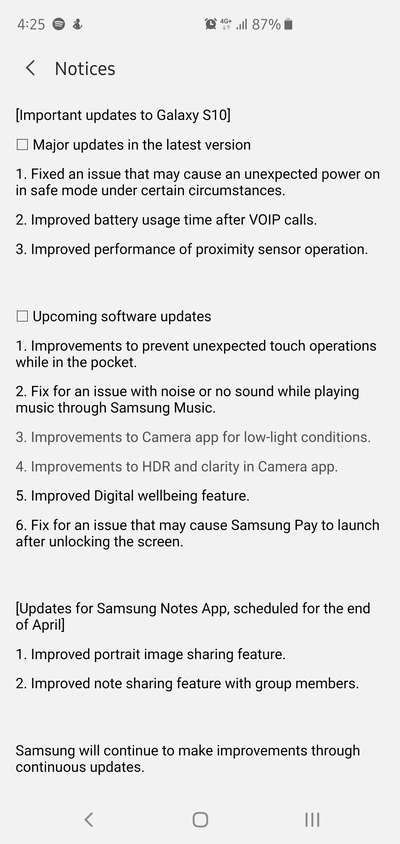
2019’s OnePlus 7 series, especially the OnePlus 7 Pro has been a subject of controversy since the inception due to similar issues. The dedicated pocket mode is actually missing and numerous reports about non-working ambient display as well as double tap to wake (DT2W) are filling up the forums.
Like Samsung, OnePlus is listening to its customers. The OEM has tried to address the bugs by providing a series of fixes via OTA updates. But the question remains: why are these new generation sensors are so inefficient compared to their predecessors?
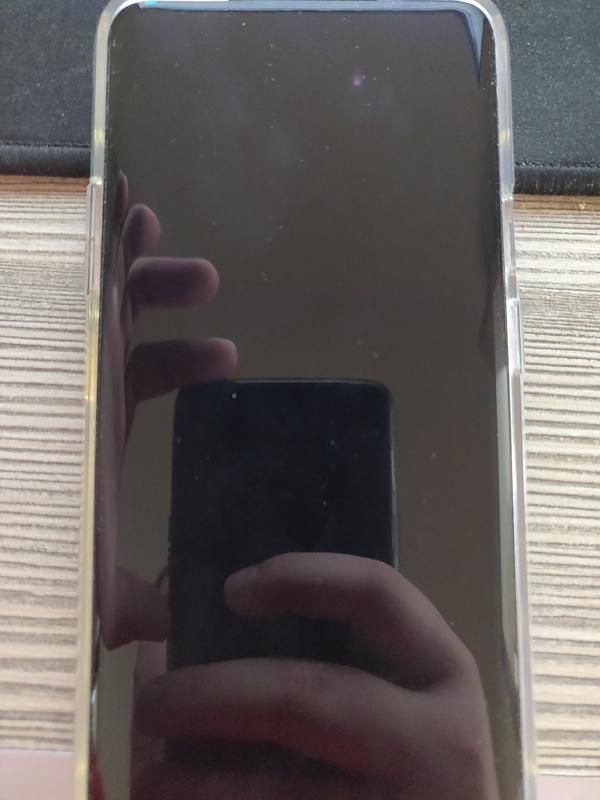
After digging up a little, we have found some fascinating piece of info. OnePlus 7 series uses a software emulated ‘virtual’ proximity sensor, based on the tech from Norway based Elliptic Labs. In their press release, they elaborated about the implementation:
Optical hardware proximity sensors have been around since the dawn of the smartphone and are used to turn off the screen and disable touch functionality when a user is in-call. Since they typically rely on infrared hardware sensors, they require unsightly holes on the front of the phone in order to function.
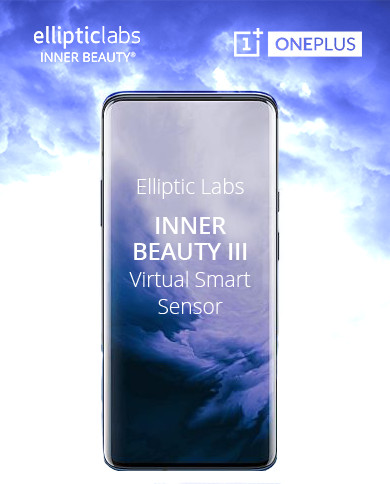
In contrast, Elliptic Labs’ patented software-based virtual smart sensors possess no such handicap, providing cleaner design while simultaneously offering support for additional features such as gesture and presence detection through its proprietary fusion of sensor data, AI, and machine learning.
(Source)
As you can see, they are combining different sensor values and use AI based algorithms to calculate the proximity threshold values. For the same reason, sensor probing apps like CPU-Z can’t always get a reading from the existing proximity sensor of OnePlus 7 Pro.
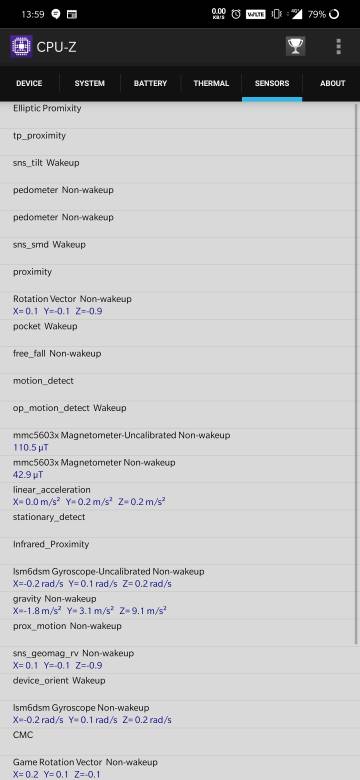
There is an interesting discussion going on in this XDA thread regarding the phenomenon. Take a look and report the values you are getting from your OnePlus 7/7 Pro/7 Pro 5G under different circumstances.
Do you think that the old school physical proximity sensors are less error prone than these ‘virtual’ sensors? Comment below.
Thanks mauronofrio for the tip!
PiunikaWeb is a unique initiative that mainly focuses on investigative journalism. This means we do a lot of hard work to come up with news stories that are either ‘exclusive,’ ‘breaking,’ or ‘curated’ in nature. Perhaps that’s the reason our work has been picked by the likes of Forbes, Foxnews, Gizmodo, TechCrunch, Engadget, The Verge, Macrumors, and more. Do take a tour of our website to get a feel of our work. And if you like what we do, stay connected with us on Twitter (@PiunikaWeb) and other social media channels to receive timely updates on stories we publish.



